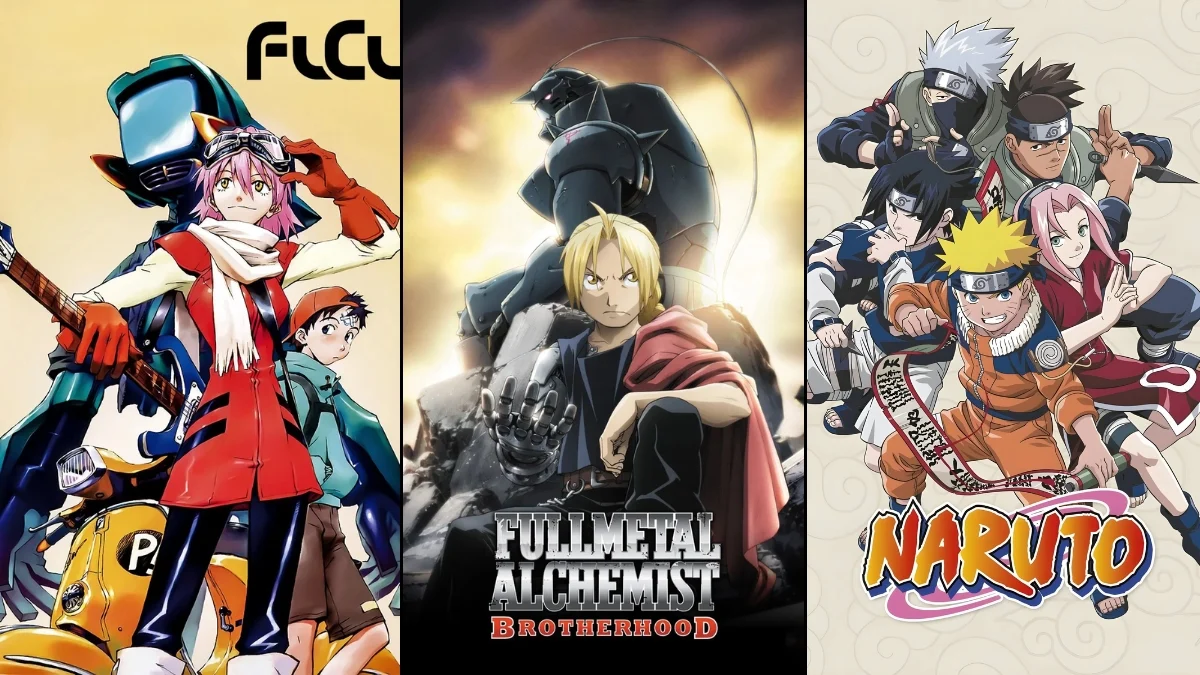
Anime ending themes are much more than just credits rolling on the screen. They set the final mood of an episode, showcase the music artists, and often emphasize the characters and ideas explored throughout. These songs, spanning genres like jazz, R&B, rock, hip-hop, and ballads, are known for their unique creation stories, how well they fit the episode, and instantly recognizable visuals. Here are twenty ending themes that stood out due to their popularity, creative credit sequences, or how cleverly they connected to the show’s story and world.
‘Cowboy Bebop’ (1998) – “The Real Folk Blues” by The Seatbelts feat. Mai Yamane
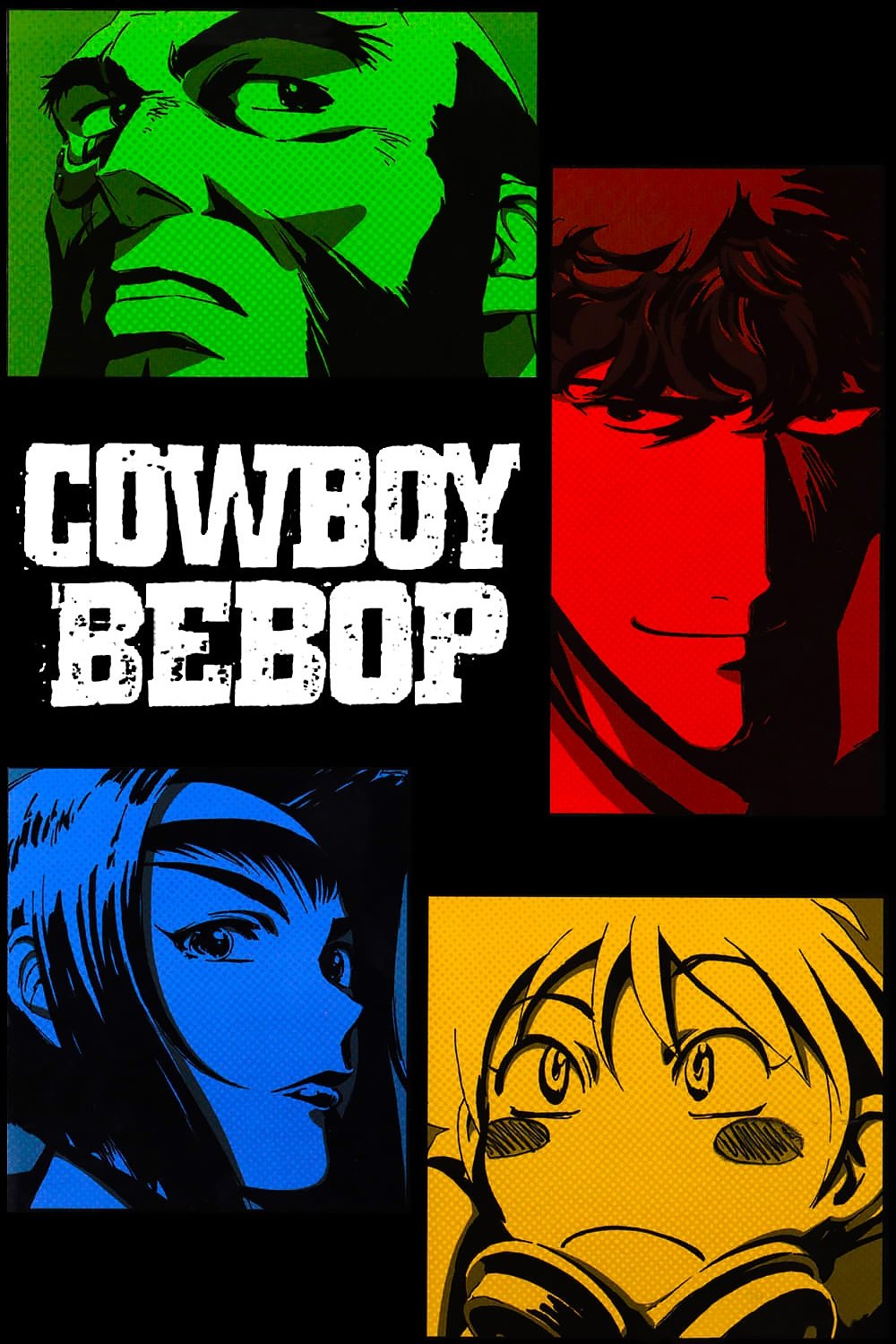
This blues-rock song, created by Yoko Kanno and performed by Mai Yamane with The Seatbelts, typically ends each episode. It was released on the official soundtrack and has become instantly recognizable as a key part of the series. The song’s ending credits feature a mix of character images and film noir-style visuals, reflecting the show’s unique genre. Years later, a cover version featuring actors from the series helped raise money for disaster relief and brought renewed attention to the song.
‘Neon Genesis Evangelion’ (1995) – “Fly Me to the Moon” by various artists
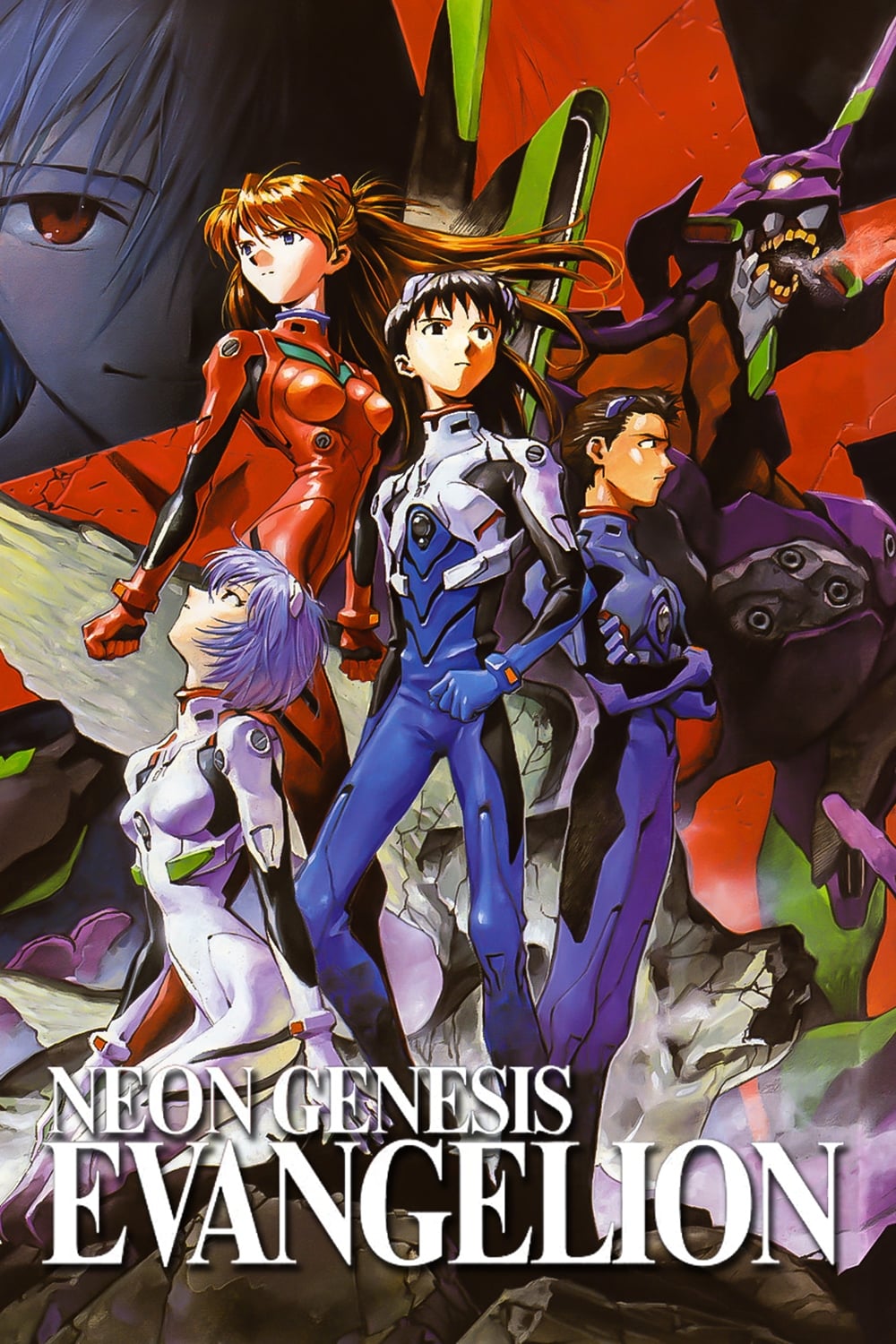
Throughout the series, the main theme song was arranged in different ways for each episode, with singers like Claire Littley and Yoko Takahashi performing it. These variations matched the episode’s mood, whether it focused on characters or dealt with more intense storylines. The song has been included on many soundtracks related to the franchise. However, due to licensing issues, newer releases on different platforms have changed or removed the ending, and fans have definitely noticed this alteration.
‘Samurai Champloo’ (2004) – “Shiki no Uta” by MINMI
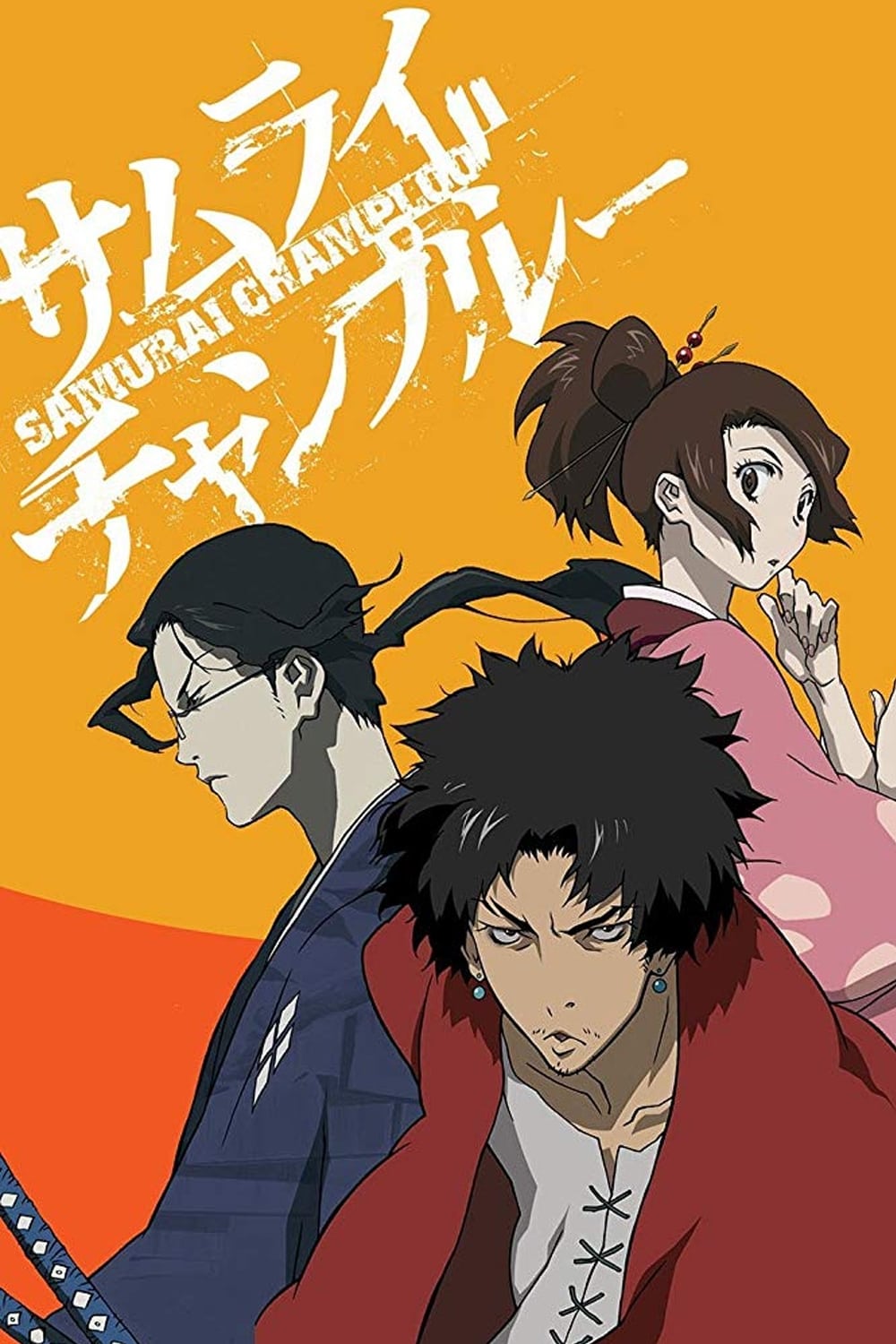
MINMI, a reggae and R&B artist, created the song for the show, combining modern beats with classic melodies to match its unique Edo-period-meets-hip-hop style. It plays as the ending theme throughout the series, shown with changing seasonal visuals in the credits. The song is also featured on the official soundtrack, alongside music by Nujabes and Fat Jon. With its lyrics in two languages and relaxed rhythm, it perfectly complements the show’s diverse musical approach.
‘Bleach’ (2004) – “Life is Like a Boat” by Rie fu
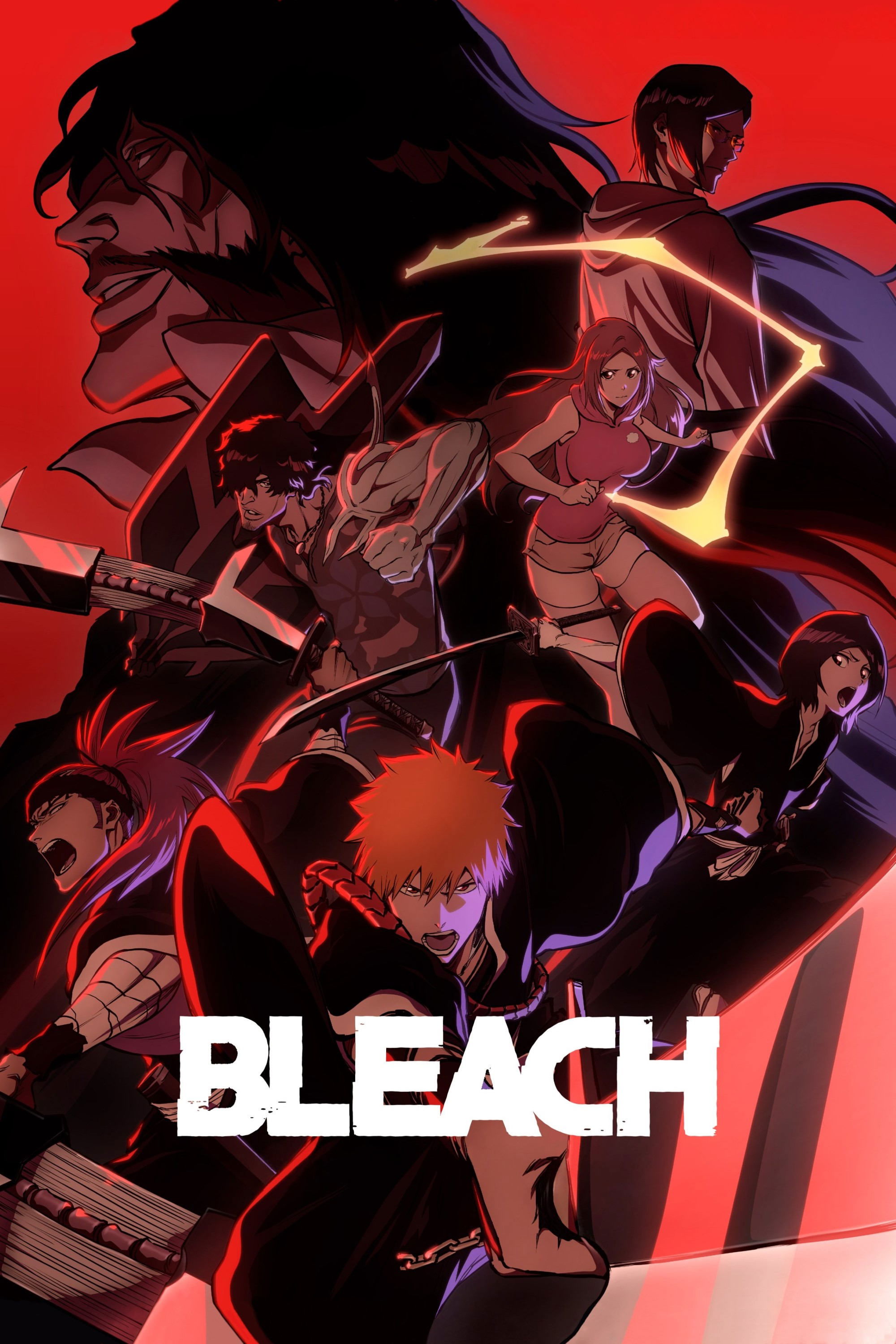
Rie fu’s song, with lyrics in both Japanese and English, became the first ending theme for the series to gain widespread recognition. It’s paired with a peaceful visual sequence in the earlier episodes, offering a contrast to the show’s fast-paced action. You can find the song on Rie fu’s albums and various ‘Bleach’ soundtrack collections. Its use also started a trend of featuring different popular artists for each ending theme.
‘Fullmetal Alchemist: Brotherhood’ (2009) – “Uso” by SID
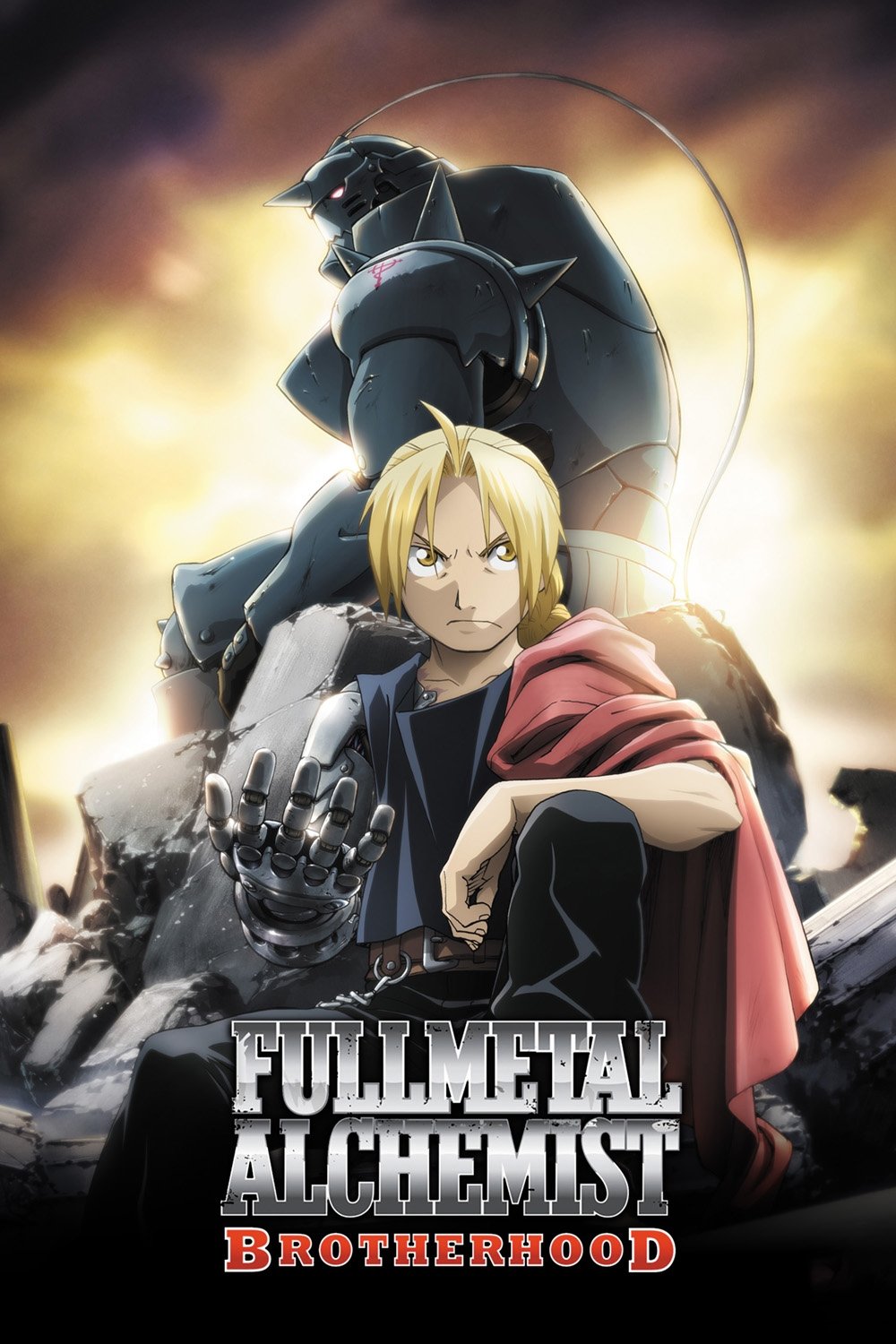
The song “Uso” plays during the ending credits of the first part of the series, setting a rock-infused, moderate pace that reflects the overall tone. The ending sequence combines character images with visual clues hinting at future storylines. “Uso” is included on both SID’s albums and the official anime soundtracks. Its use also established a pattern of changing ending themes for each subsequent part of the series.
‘Naruto’ (2002) – “Wind” by Akeboshi

Akeboshi’s gentle ballad was one of the first ending themes used in the series, playing after the initial story arcs. You can find the song on Akeboshi’s albums and on compilation CDs of early ‘Naruto’ music. The ending sequence featured beautiful hand-drawn art and focused on the characters’ growth. With its simple arrangement, the song provided a calming contrast to the show’s upbeat opening themes.
‘Attack on Titan’ (2013) – “great escape” by cinema staff
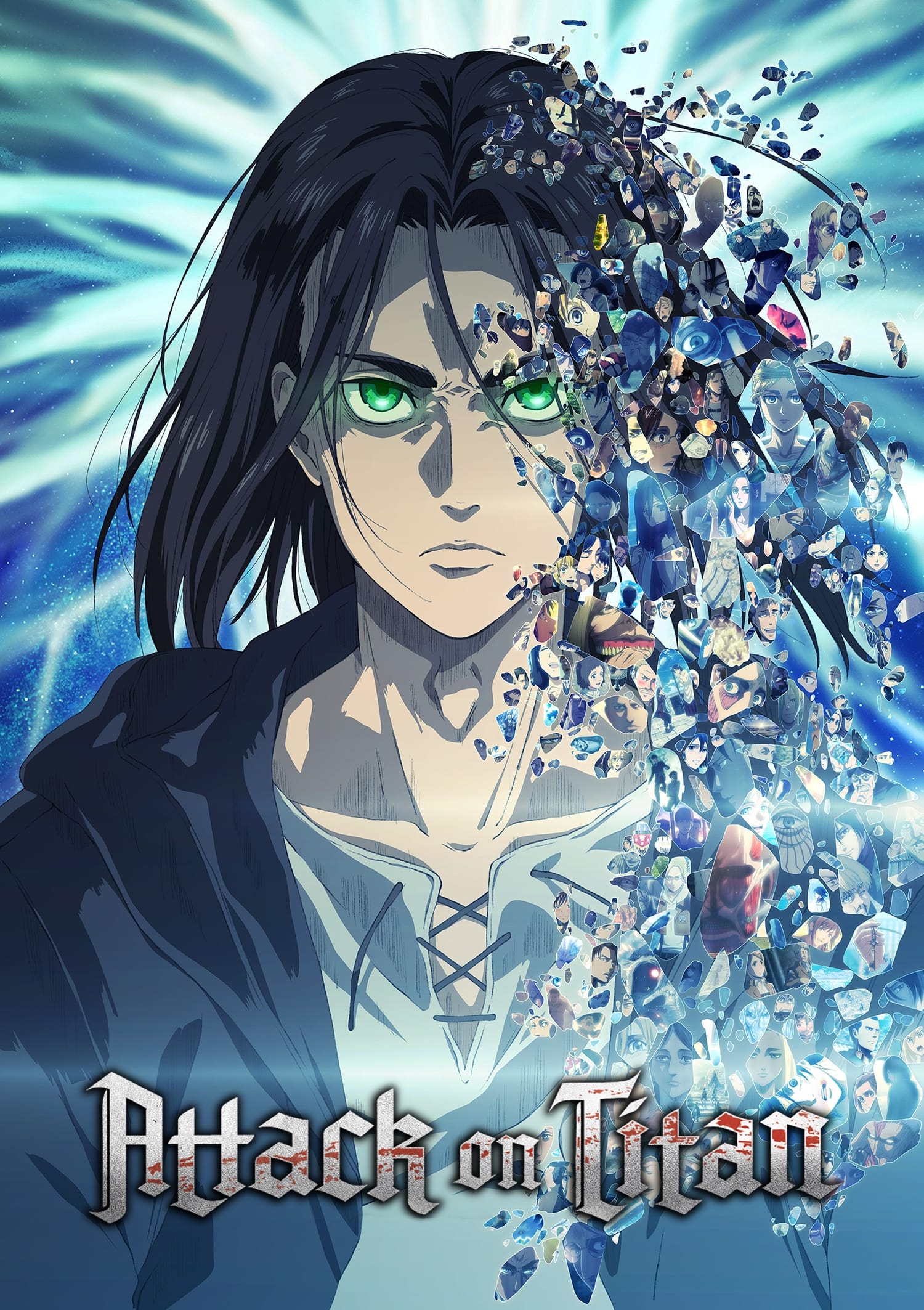
This song serves as the second ending theme for the first season, reflecting the story’s move towards broader military action. The band cinema staff provides a rock-infused sound that contrasts nicely with the series’ orchestral music, offering a different feel at the end of each episode. The ending credits feature striking visuals, including technical diagrams and imagery of the team. The song is available on both cinema staff’s albums and collections of music from the anime.
‘Death Note’ (2006) – “Alumina” by Nightmare
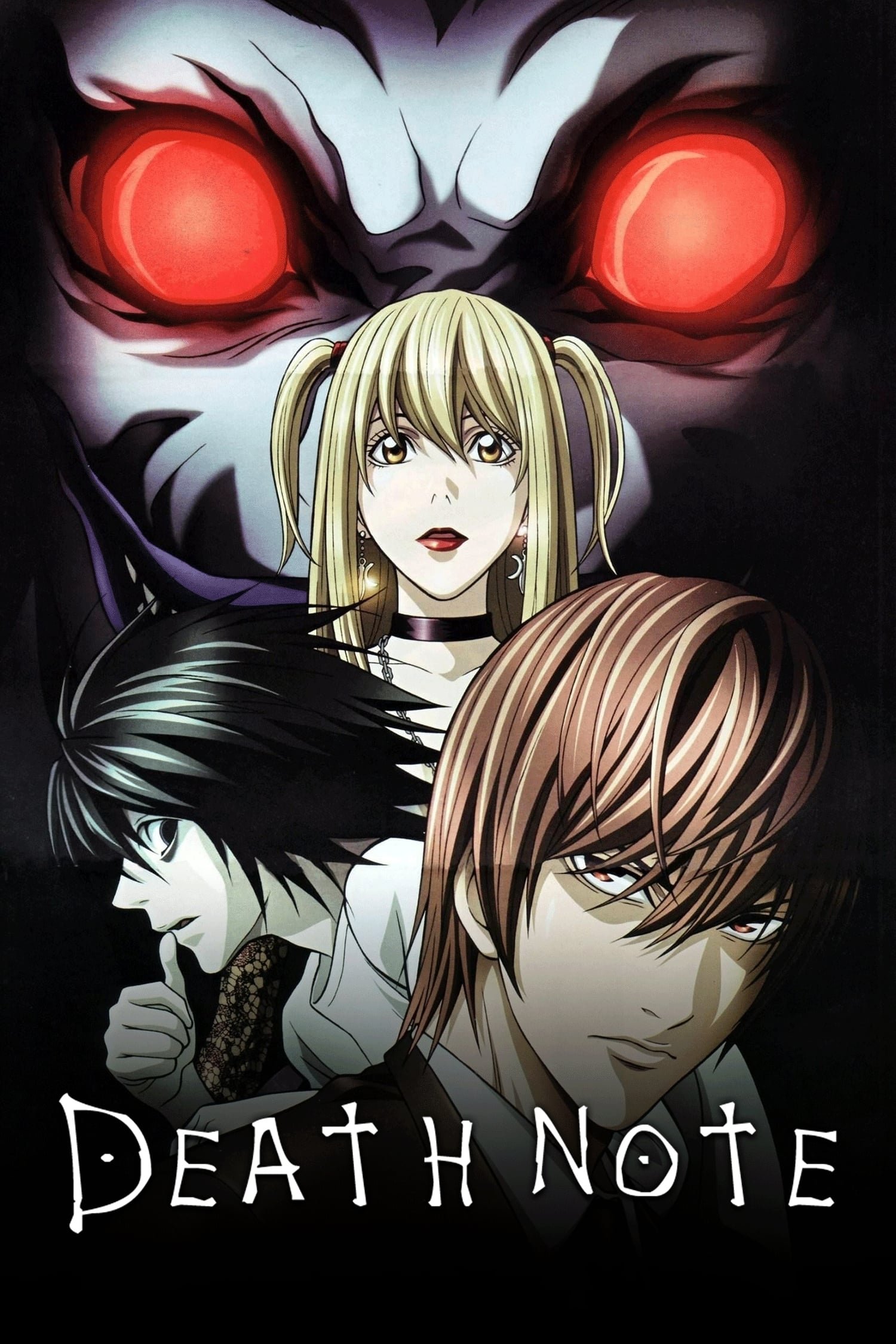
“Alumina” plays as the ending theme and is performed by the same band who did the opening song. Its subtle rock sound reflects the show’s tense, cat-and-mouse dynamic. The song is included on both the band’s albums and the official ‘Death Note’ soundtrack. The ending credits feature abstract images and shadowy character outlines, fitting the series’ focus on psychological themes.
‘Demon Slayer: Kimetsu no Yaiba’ (2019) – “from the edge” by FictionJunction feat. LiSA
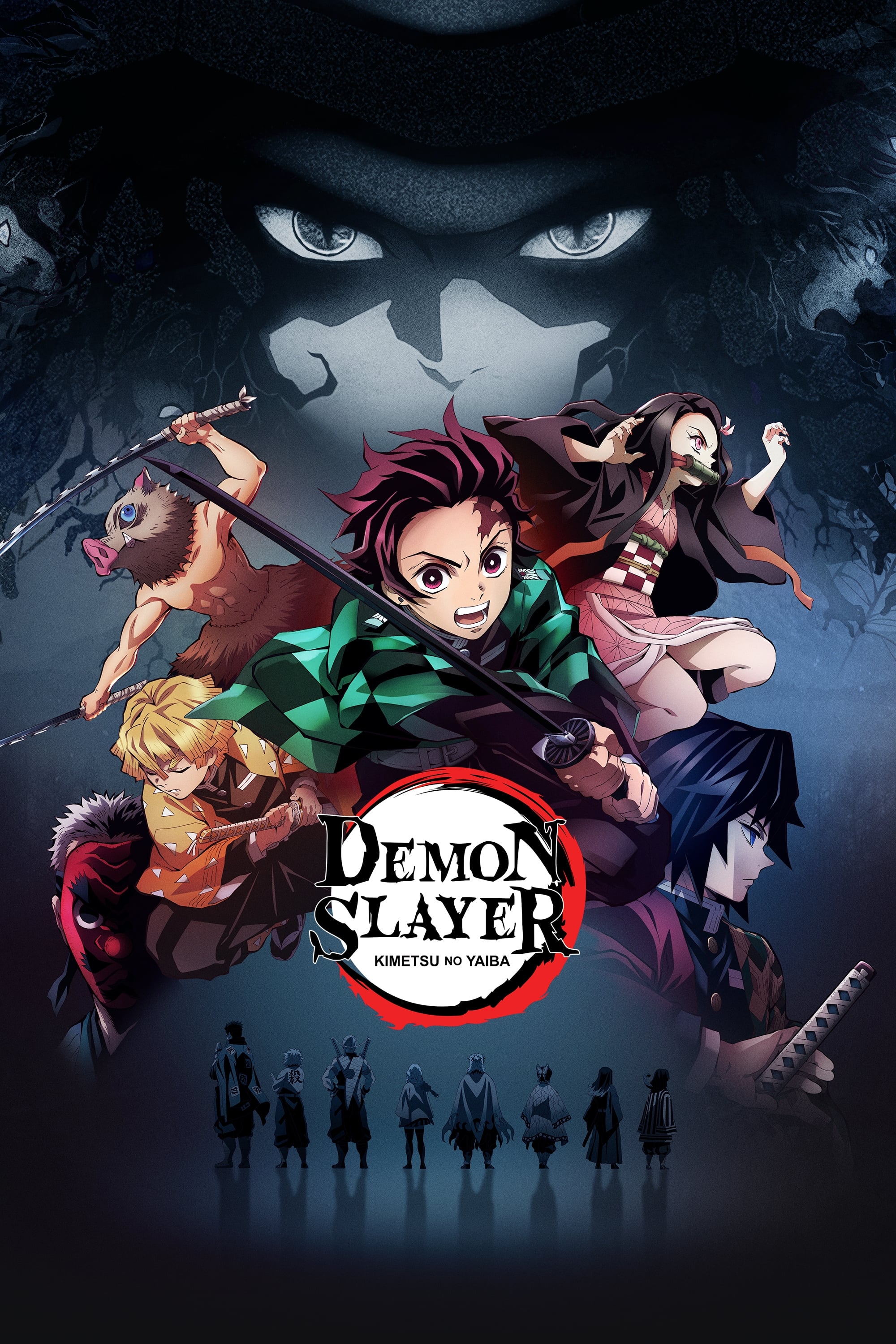
Yuki Kajiura wrote and produced this song, with LiSA providing the vocals. It plays during the ending credits of most episodes in the first season. The visuals for the credits feature forests and lanterns, reflecting the show’s historical setting. You can find the song on various albums related to the series and on LiSA’s releases. Musically, it blends beautifully with the show’s orchestral music, thanks to Kajiura’s unique style and rich harmonies.
‘Jujutsu Kaisen’ (2020) – “Lost in Paradise” by ALI feat. AKLO
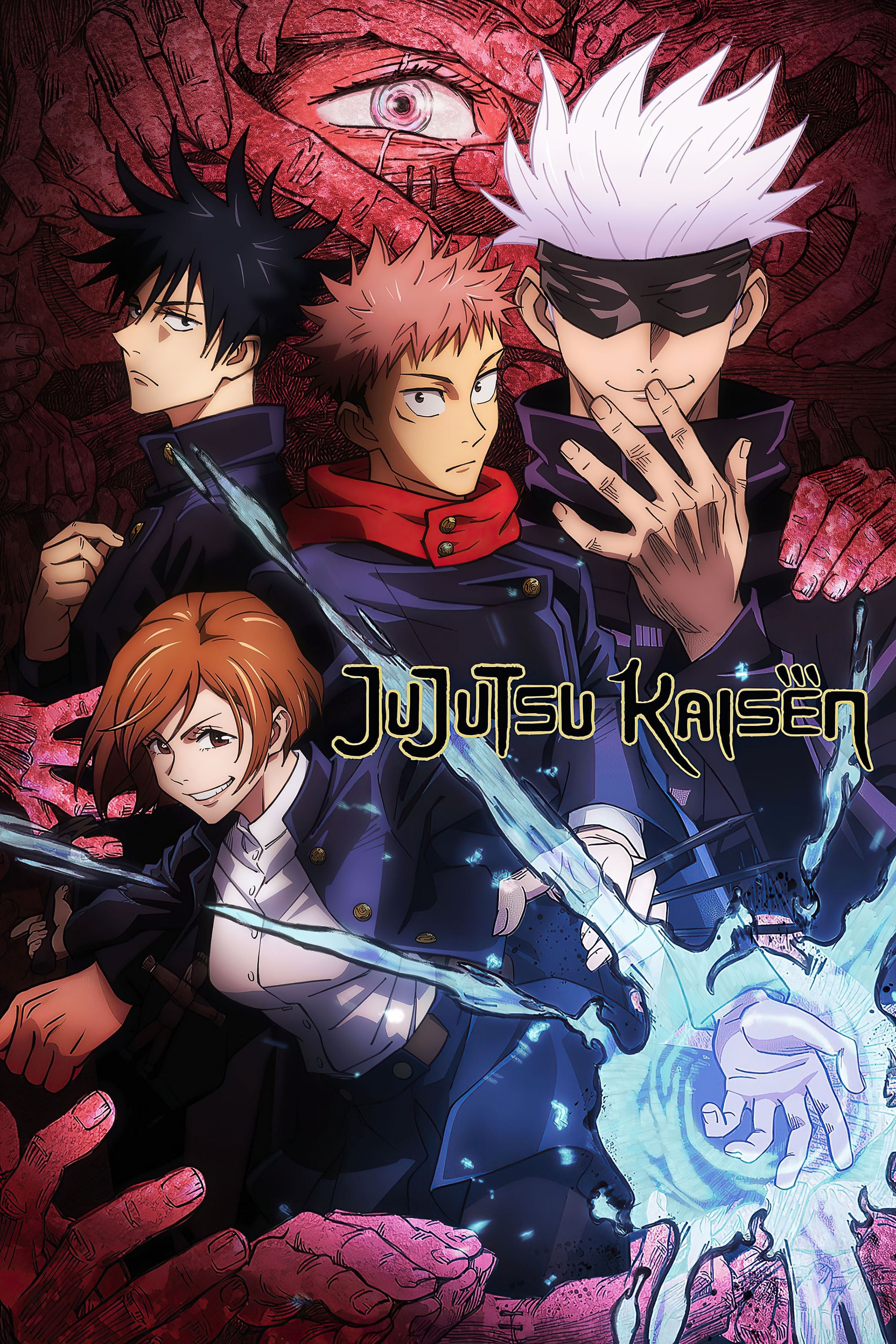
The song, used in the first part of the series, blends funk and hip-hop with animated dance sequences featuring the characters. It quickly gained popularity online through the ending credits video. You can find it on ALI’s music releases and on collections of songs from the anime. The combination of energetic music and modern visuals helped define the show’s unique style at the beginning.
‘Hunter x Hunter’ (2011) – “Just Awake” by Fear, and Loathing in Las Vegas
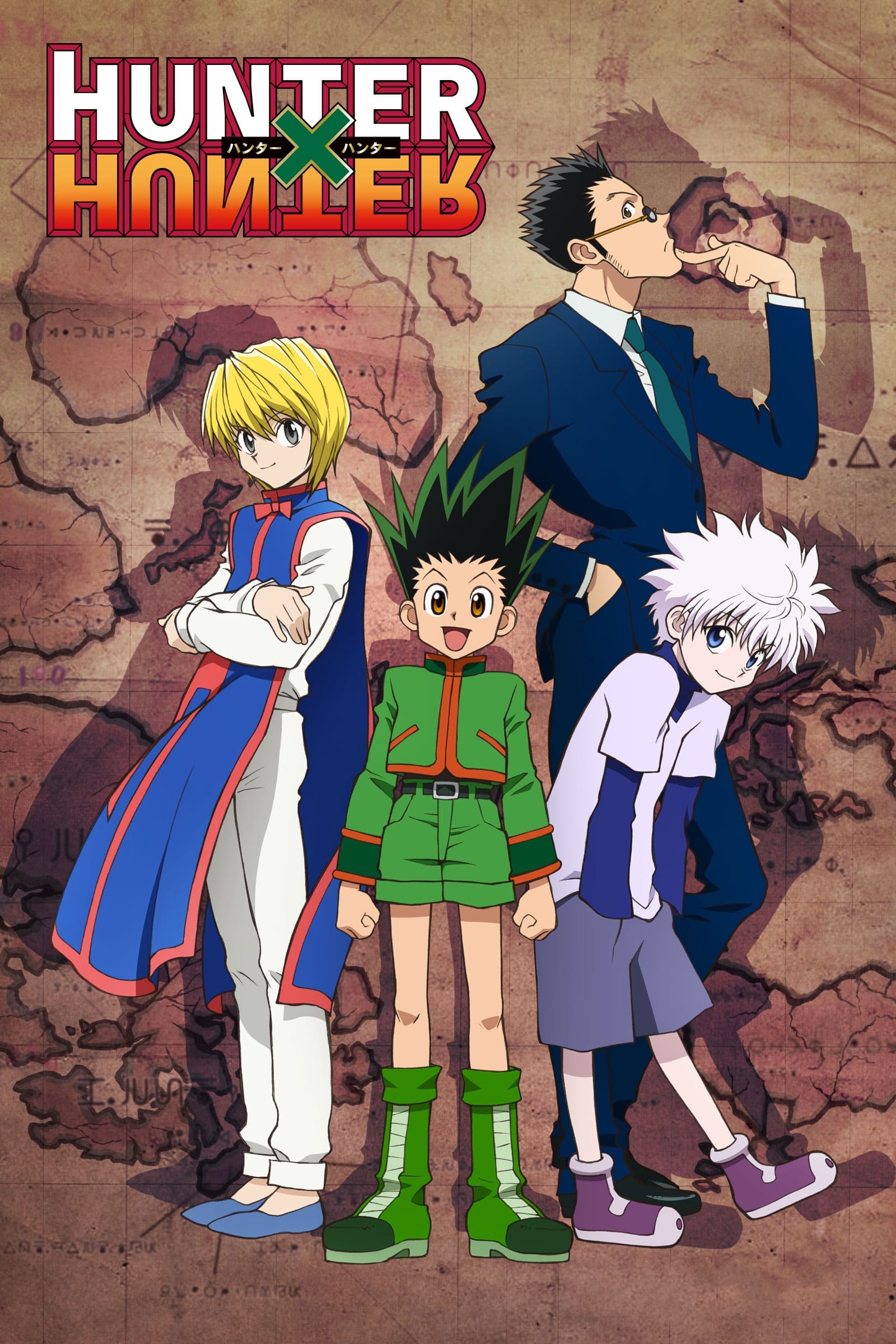
This energetic song, blending screamo and electronic music, plays during the ending credits of the 2011 version of the series. The credits feature scenes showing the main characters’ adventures, emphasizing the story’s main themes. The song has since been included on the band’s albums and various official anime soundtrack releases. Its use signaled a new approach for the series, where the ending theme would change to reflect important shifts in the story.
‘One Piece’ (1999) – “Memories” by Maki Otsuki
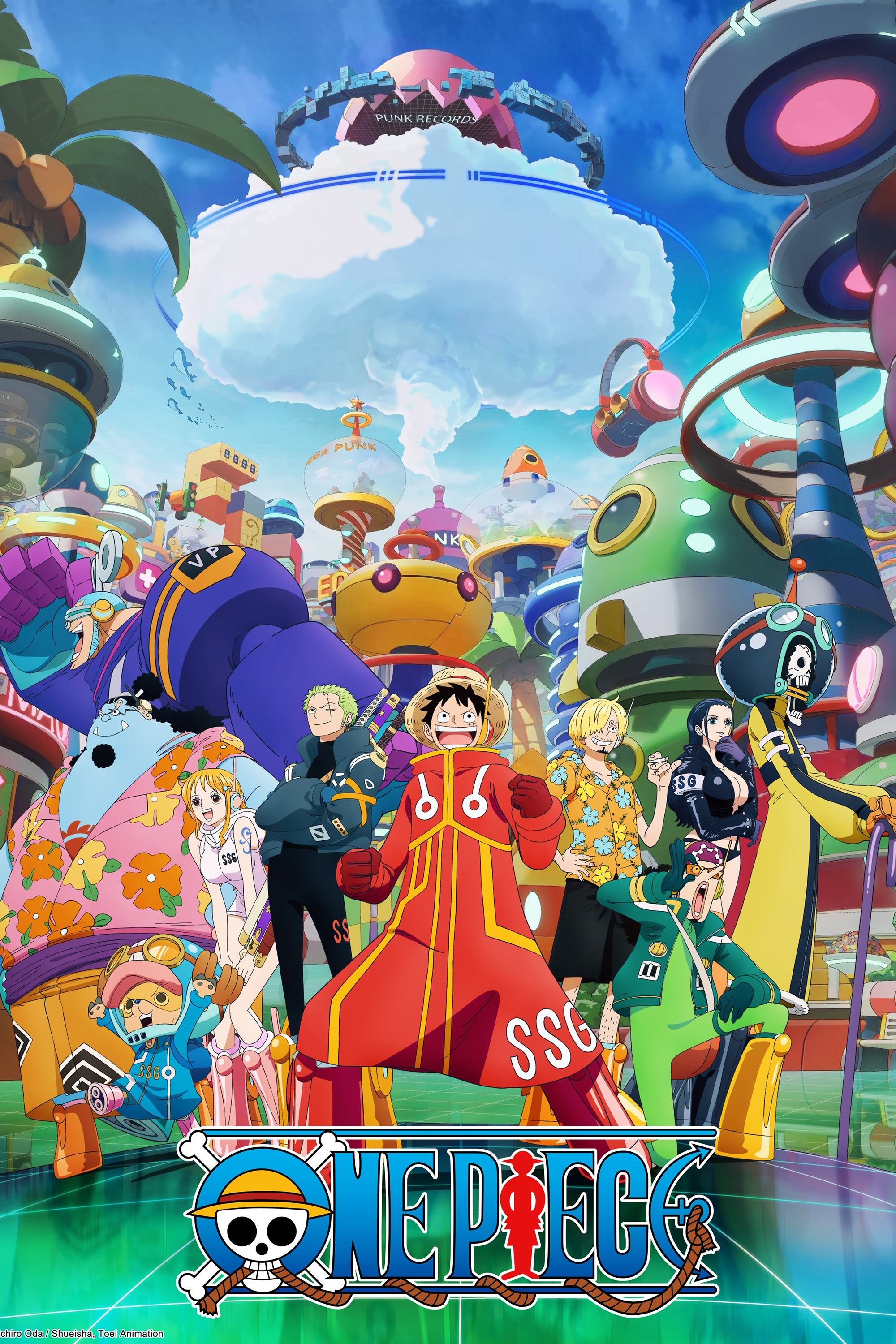
The ending theme “Memories” was used very early in the series and is strongly connected to how the show first presented itself. Its credits feature watercolor-style animation and glimpses of the original production team. The song has appeared on various ‘One Piece’ soundtracks and in the work of singer Maki Otsuki. Importantly, it started the show’s tradition of changing theme songs to match the different story arcs.
‘Tokyo Ghoul √A’ (2015) – “Kisetsu wa Tsugitsugi Shindeiku” by amazarashi
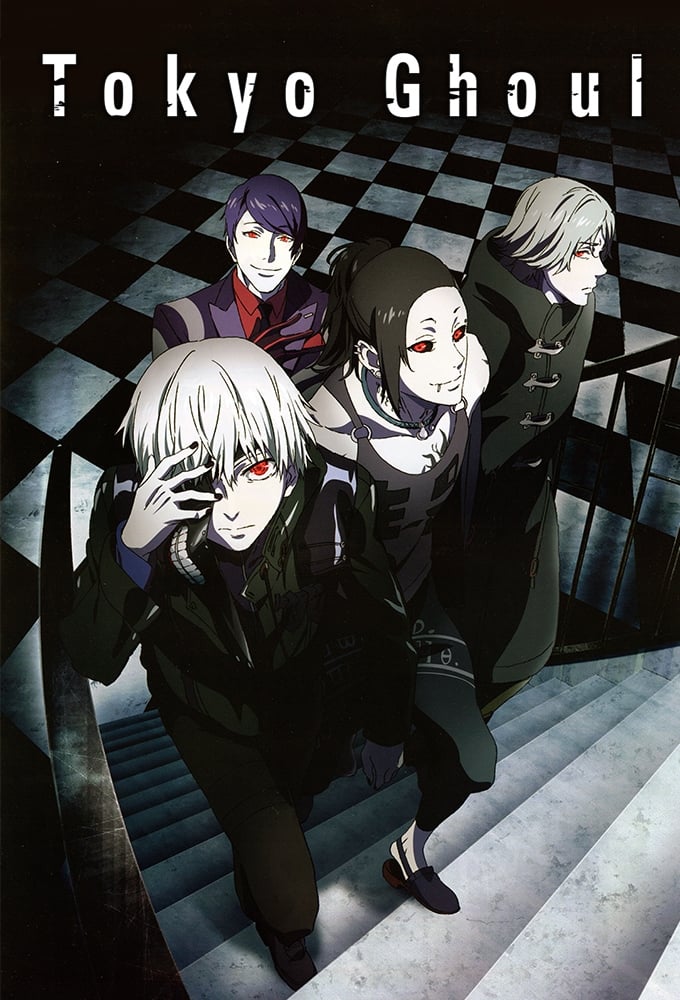
amazarashi’s emotional rock song is the ending theme for the season, and its music video and shorter TV version have been very popular online. The song is available on amazarashi’s albums and as part of the anime’s soundtrack. It features the band’s signature style, with a strong beat and vocals that often feel like spoken word.
‘Vinland Saga’ (2019) – “Torches” by Aimer
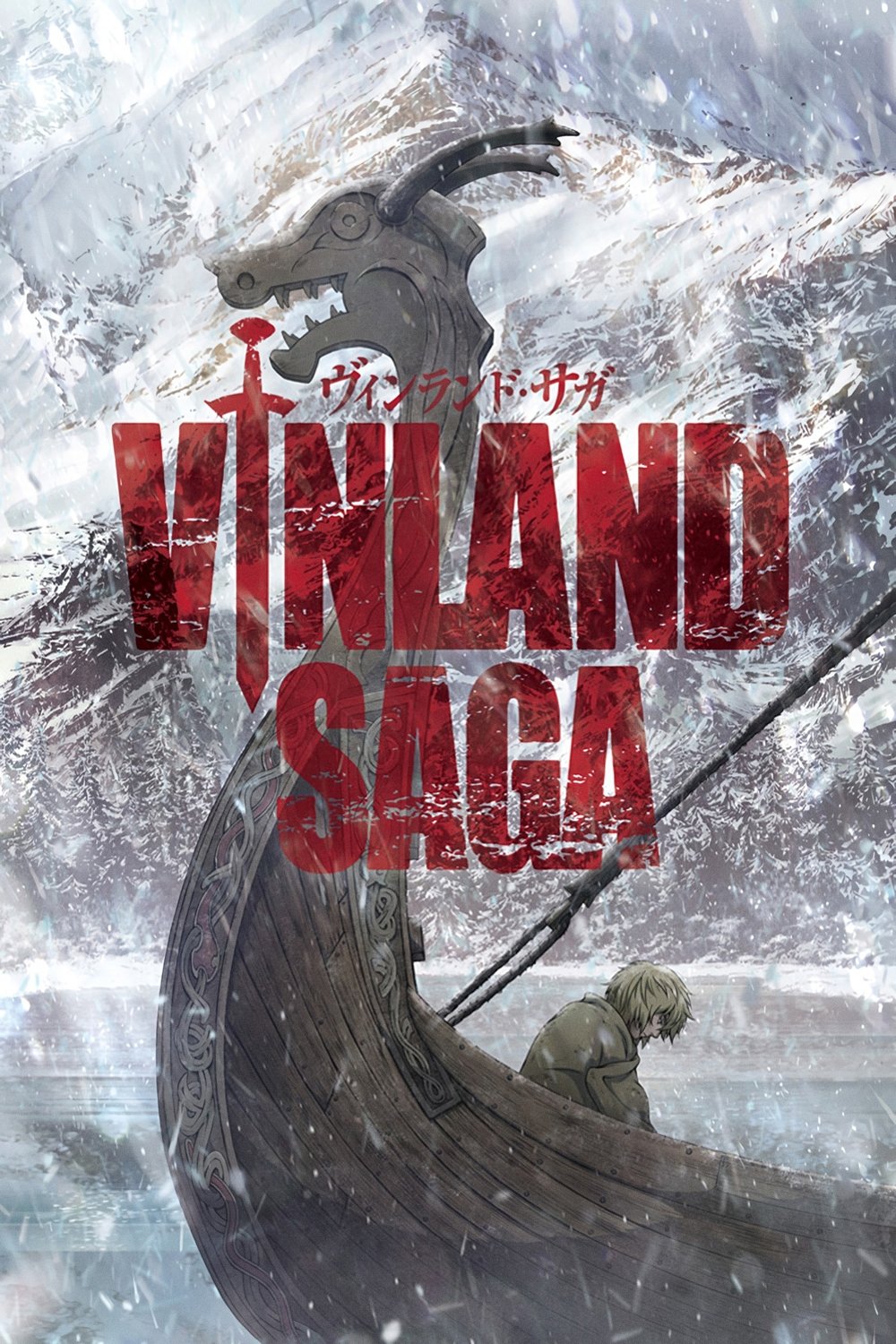
The first season of the show ends with the song “Torches,” featuring Aimer’s deep voice and a moody, immersive sound. The ending credits show scenes of coastlines and glowing embers, fitting the show’s historical backdrop. “Torches” is available on Aimer’s albums and official collections from the series. It was released at the same time the anime became available for streaming worldwide, helping more people discover it.
‘Fruits Basket’ (2019) – “Lucky Ending” by Vickeblanka
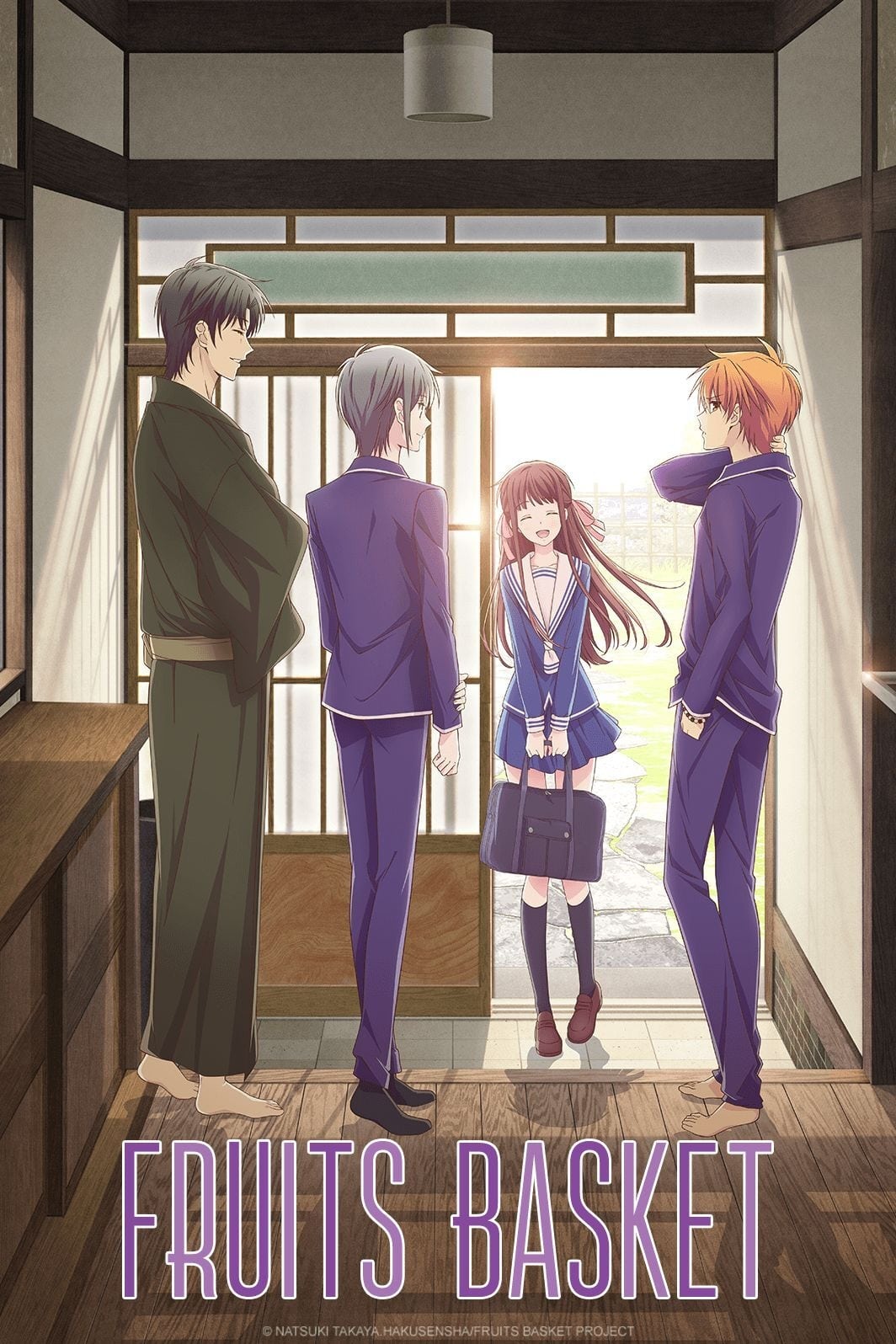
This song, which played during the closing credits of the first part of the 2019 reboot, features a catchy pop sound with a prominent piano melody. The credits themselves showed artwork of the characters and imagery related to the story’s focus on family. You can find the song on releases by Vickeblanka and on the official soundtrack. It helped establish the reboot’s new musical style, along with other newly created themes.
‘Inuyasha’ (2000) – “Fukai Mori” by Do As Infinity

This song was used as one of the ending themes for the series and was also released as a single that charted in Japan. The ending sequence featured forest scenes and images of the characters, fitting the show’s historical setting. It was later included on various Do As Infinity albums and anime soundtrack collections. Both the shorter TV version and the full-length version of the song were popular during the show’s original run.
‘Bungo Stray Dogs’ (2016) – “Namae wo Yobu yo” by Luck Life
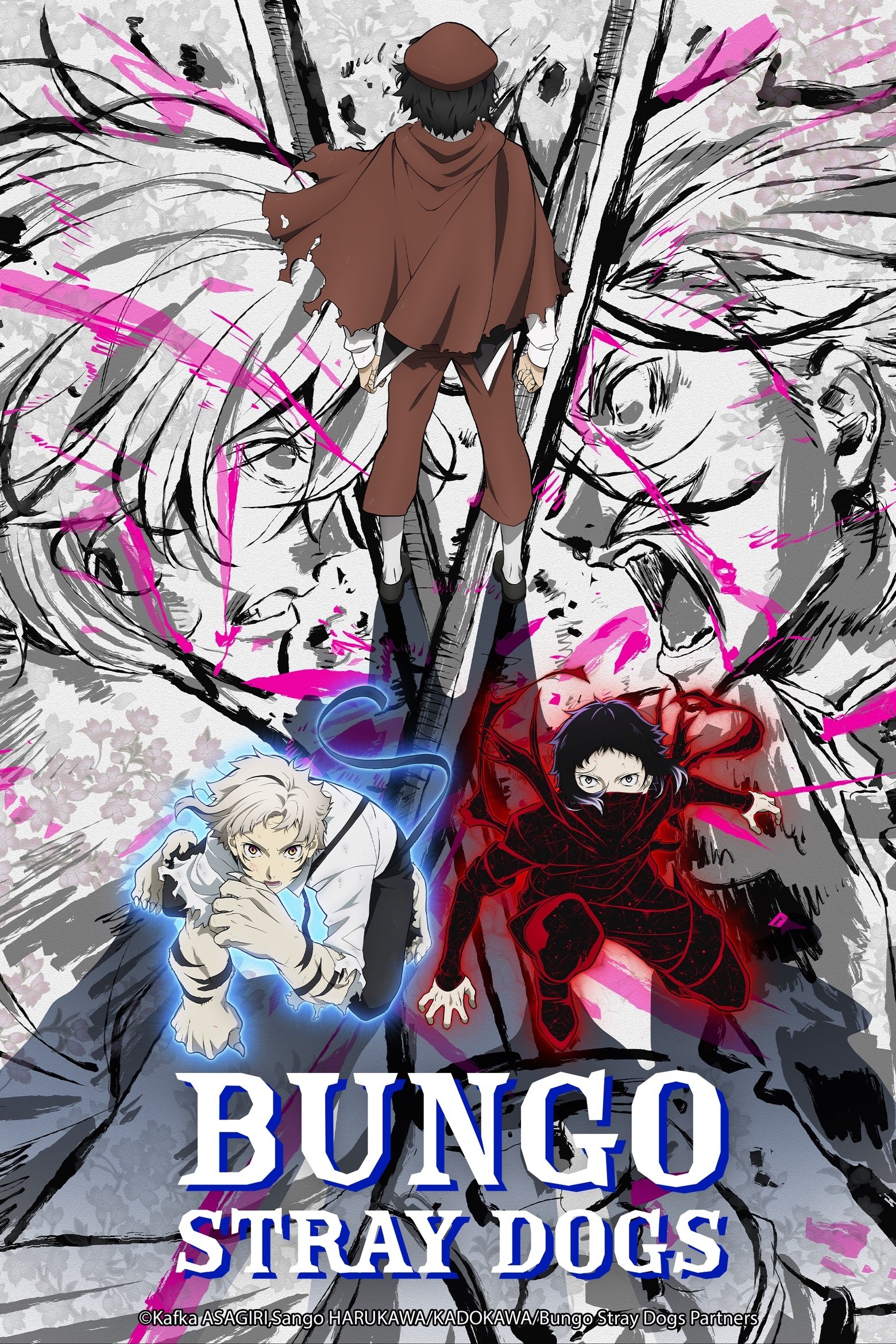
This song was used as the ending theme in the series’ first seasons and is characterized by its clear guitar sound and consistent beat. The ending credits showcased the voice actors and included imagery related to the author of the original story. The song has been released both by the band and as part of official anime soundtrack collections. The band continued to contribute music for later seasons, ensuring a consistent musical style throughout the series.
‘SPY x FAMILY’ (2022) – “Kigeki” by Gen Hoshino

Gen Hoshino, a singer-songwriter, wrote and performed “Kigeki,” which plays as the ending theme for the first part of the series. The ending credits feature cozy colors and scenes of everyday life, fitting the show’s focus on family. The song was released digitally, charted well, and is included on Hoshino’s official albums related to the series. Both the shorter TV version and the full-length track were made available through the show’s distribution channels and Hoshino’s record label.
‘Haikyu!!’ (2014) – “Tenchi Gaeshi” by NICO Touches the Walls

This music plays at the end of the first season, alongside episodes showing training and matches. The ending credits feature team photos, court markings, and animated graphics that represent volleyball strategies. It’s included on the band’s albums and on collections of ‘Haikyu!!’ theme songs. Throughout the series, the ending music was updated at the start of each new story arc to match the changing team and plot developments.
‘FLCL’ (2000) – “Ride on Shooting Star” by The Pillows
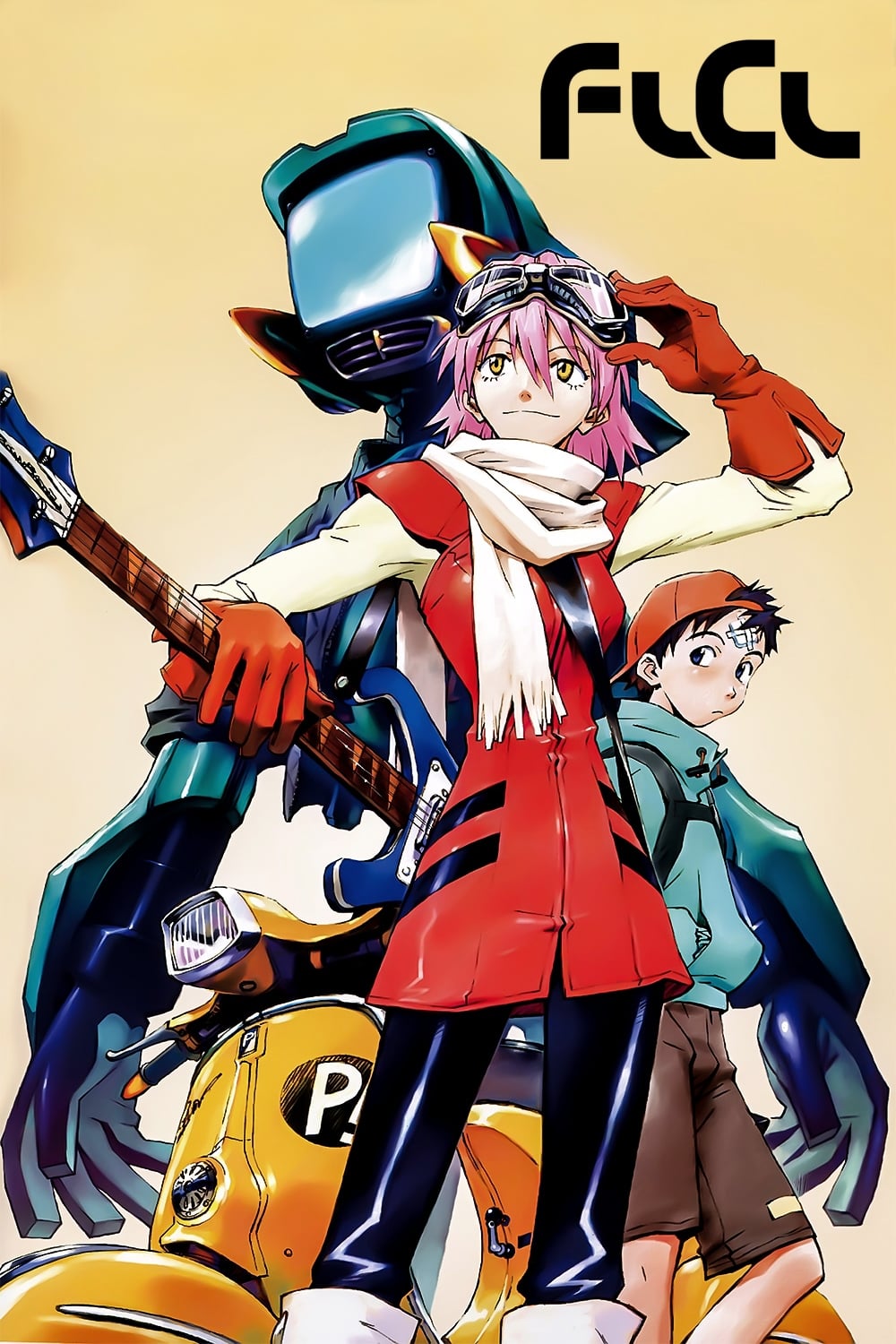
The series ends with this alternative rock song, shown alongside closing credits featuring the show’s iconic yellow Vespa and vibrant colors. This track has become a signature part of the franchise’s sound, appearing on several compilation albums by The Pillows. It was consistently used throughout the original animated series, and has been featured on home video releases and soundtracks. Both the shorter TV version and the full-length song are still popular choices when fans look back at the series.
Let us know your most beloved anime endings that you never skip, and suggest any other series we should check out!
Read More
- Fed’s Rate Stasis and Crypto’s Unseen Dance
- Blake Lively-Justin Baldoni’s Deposition Postponed to THIS Date Amid Ongoing Legal Battle, Here’s Why
- Dogecoin’s Decline and the Fed’s Shadow
- Ridley Scott Reveals He Turned Down $20 Million to Direct TERMINATOR 3
- Baby Steps tips you need to know
- Global-e Online: A Portfolio Manager’s Take on Tariffs and Triumphs
- The VIX Drop: A Contrarian’s Guide to Market Myths
- Top 10 Coolest Things About Indiana Jones
- Northside Capital’s Great EOG Fire Sale: $6.1M Goes Poof!
- A Most Advantageous ETF Alliance: A Prospect for 2026
2025-10-26 19:17